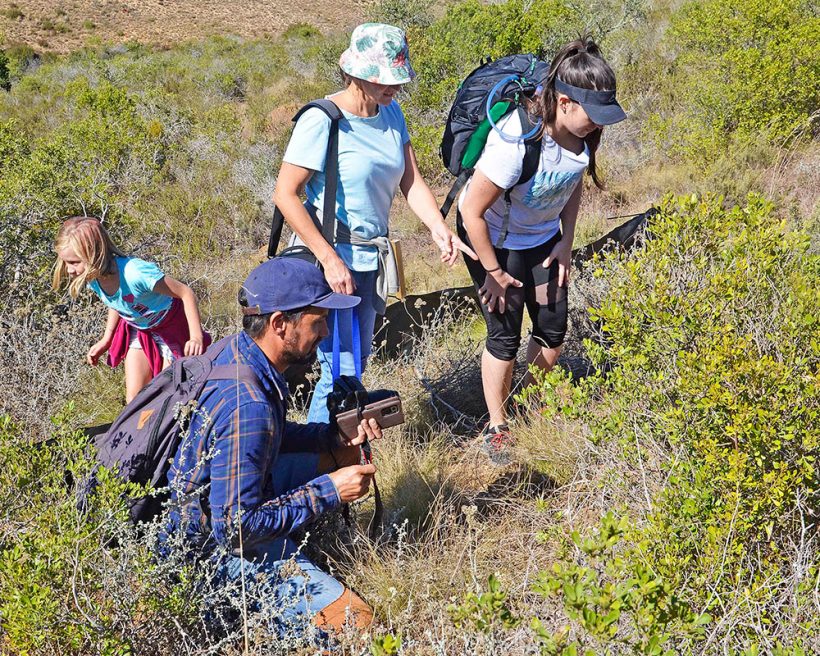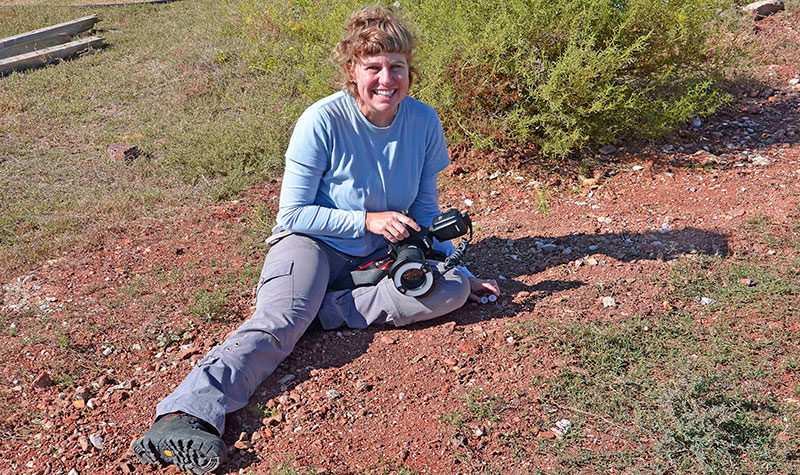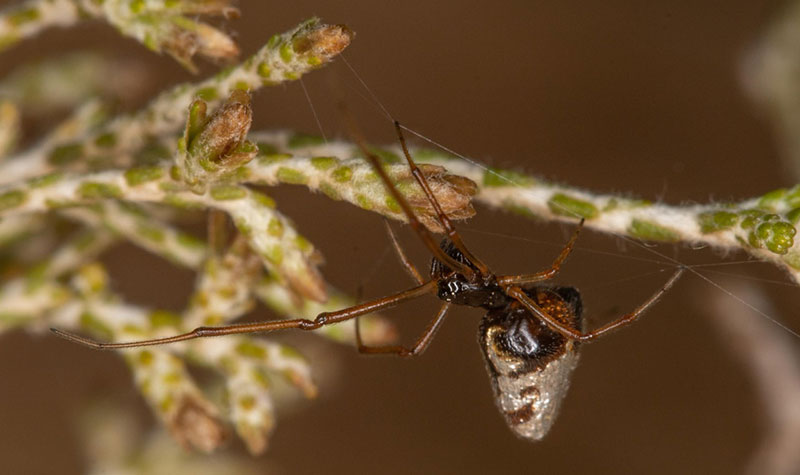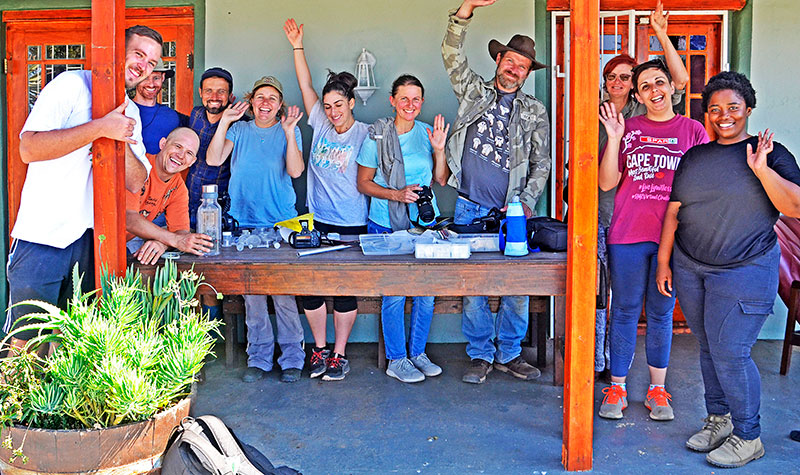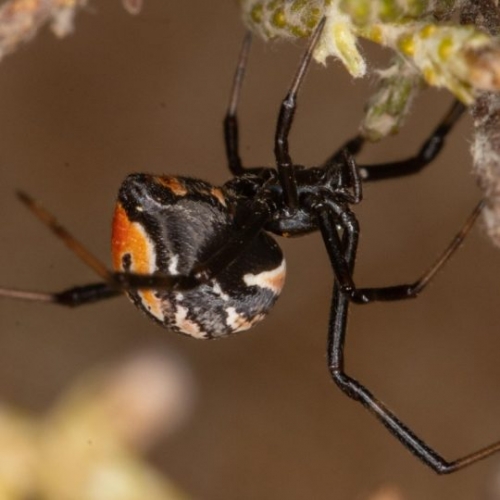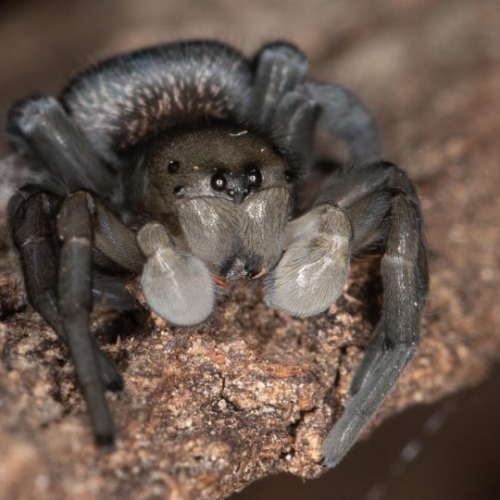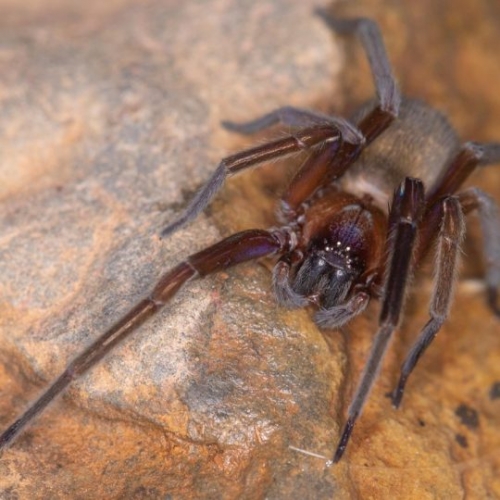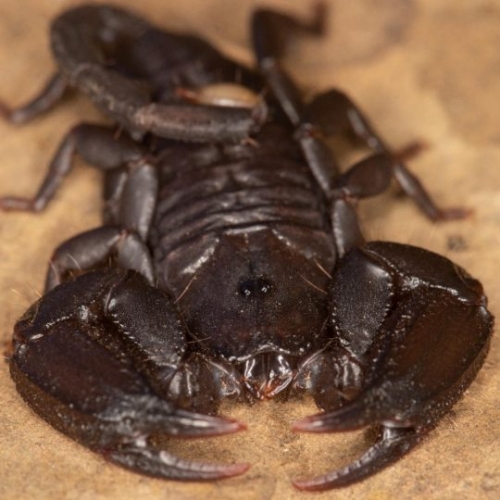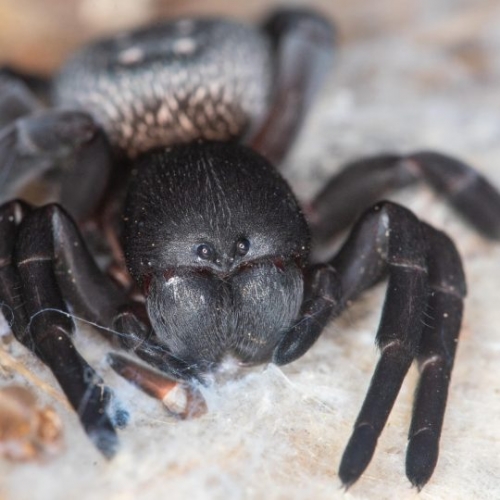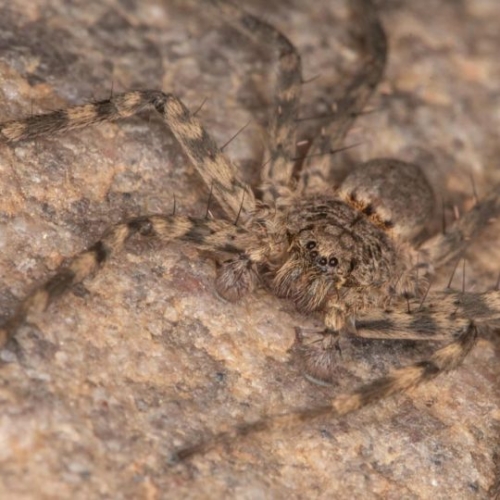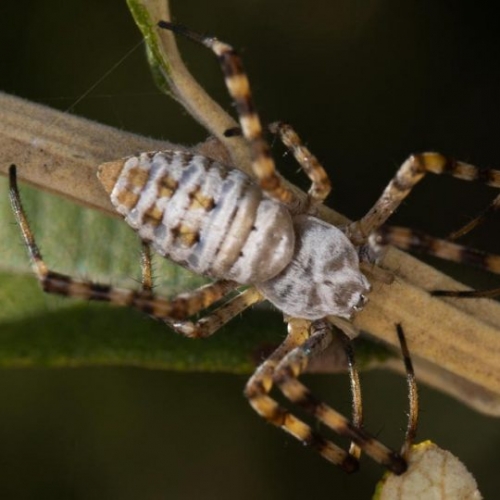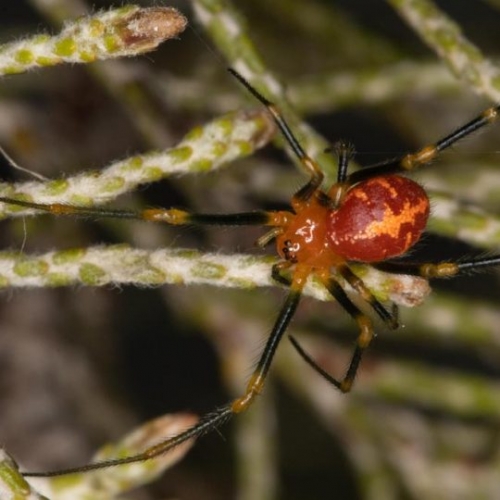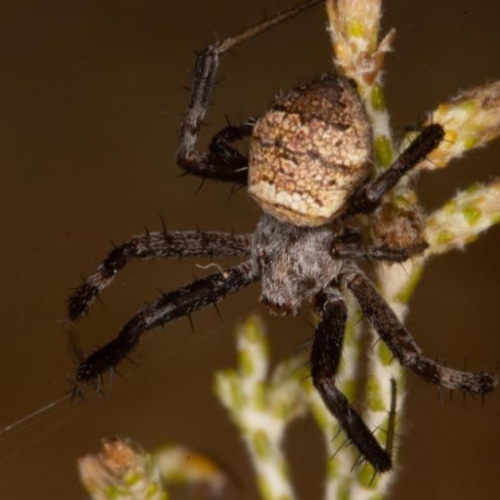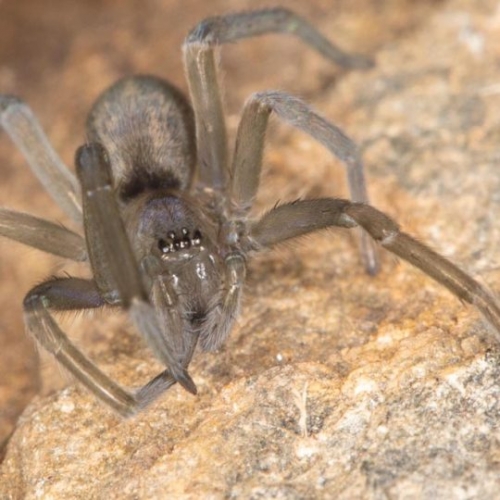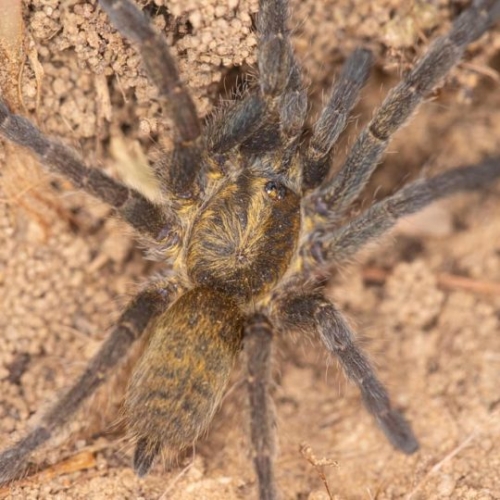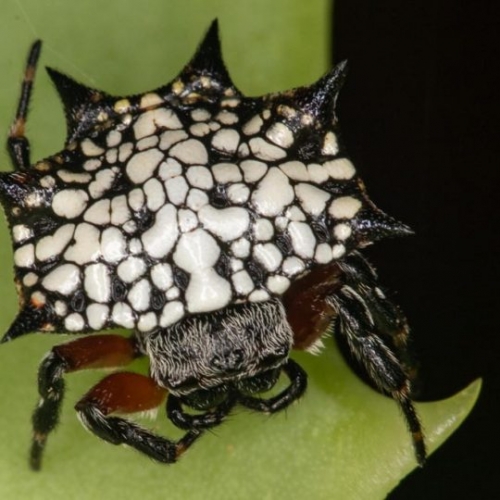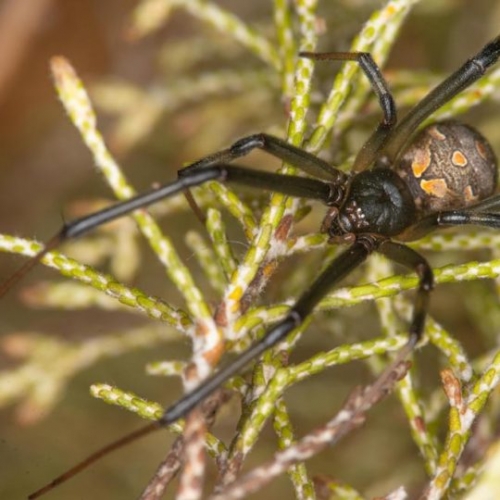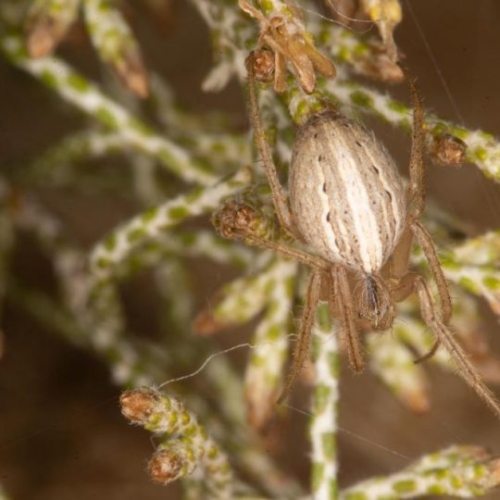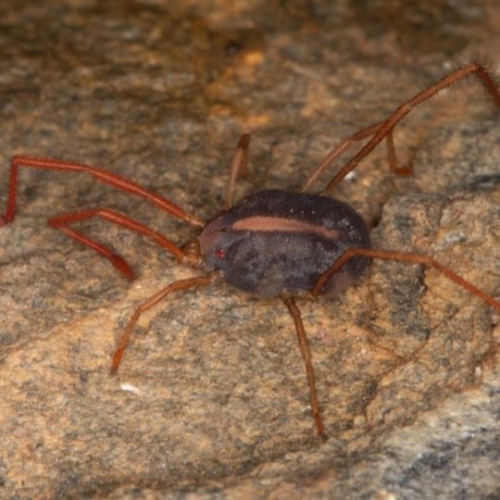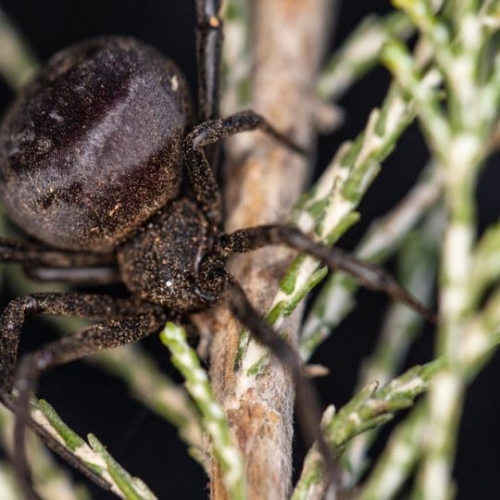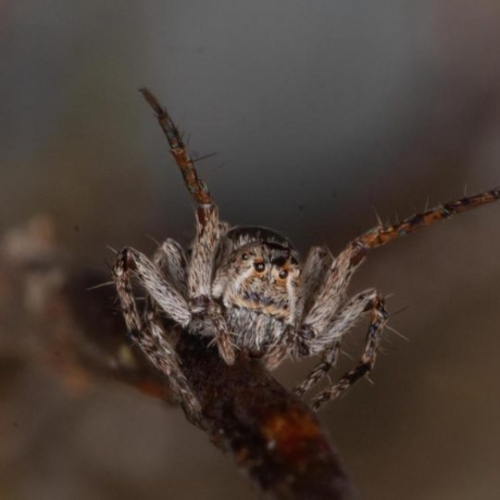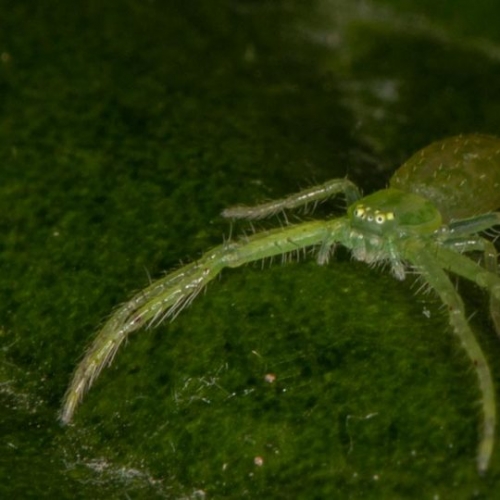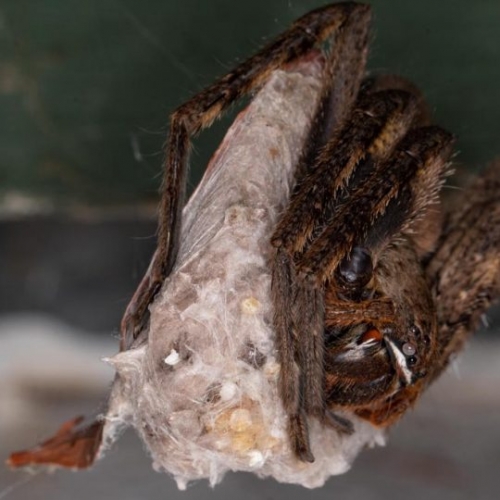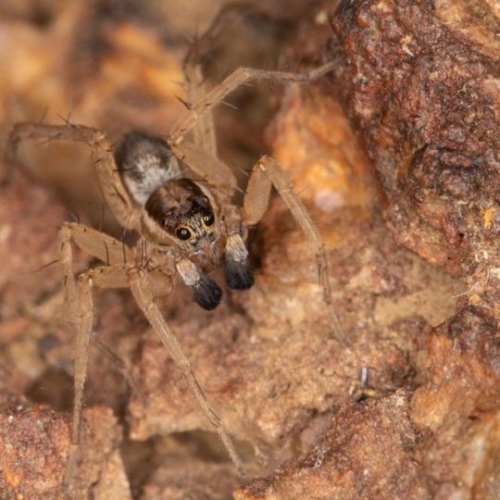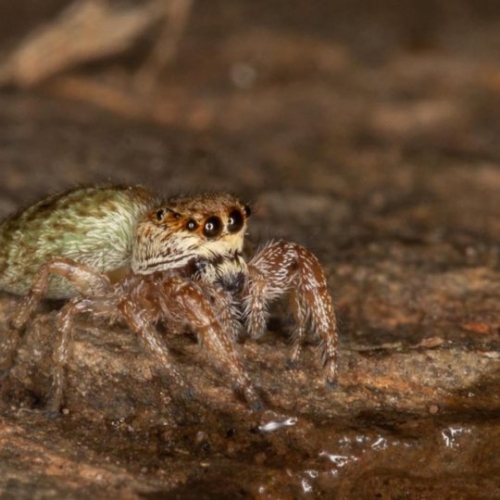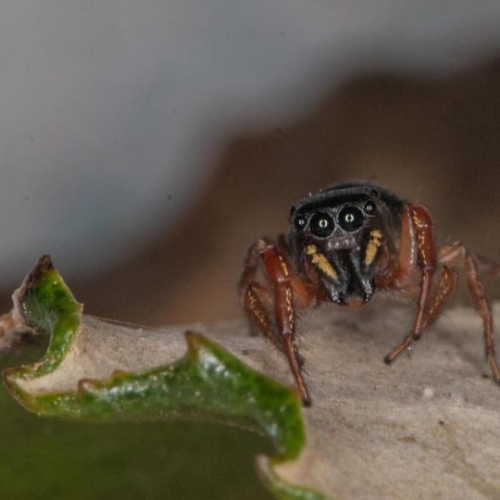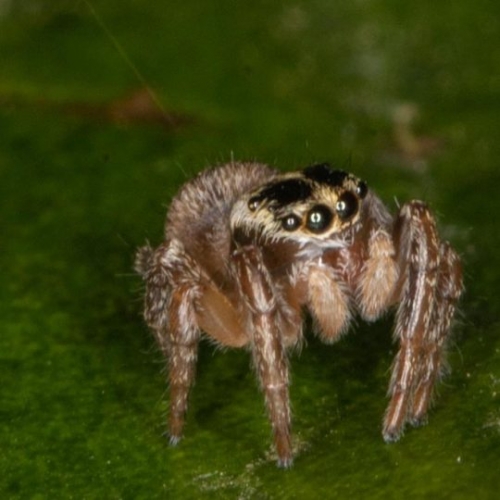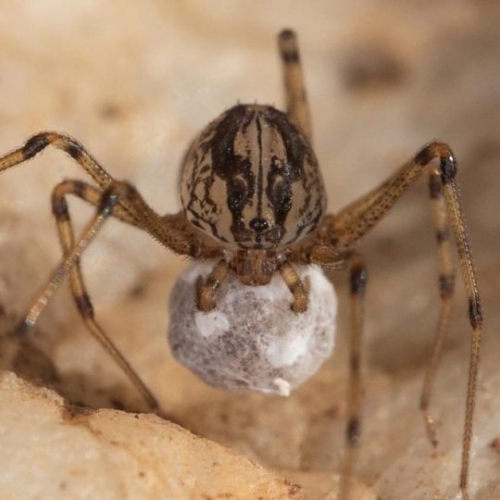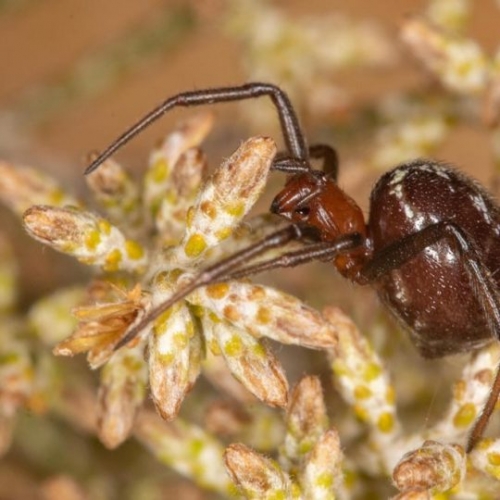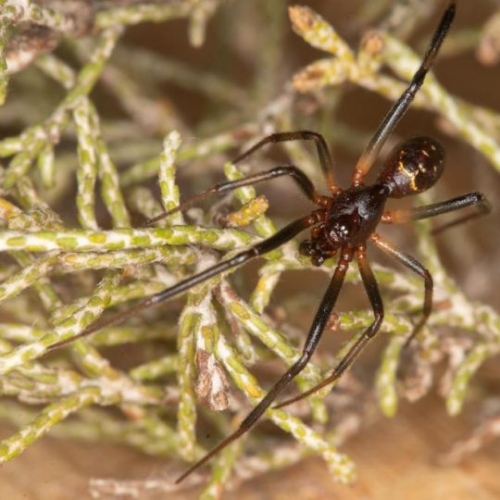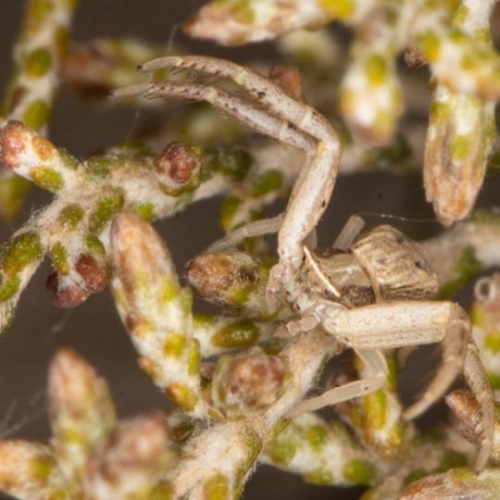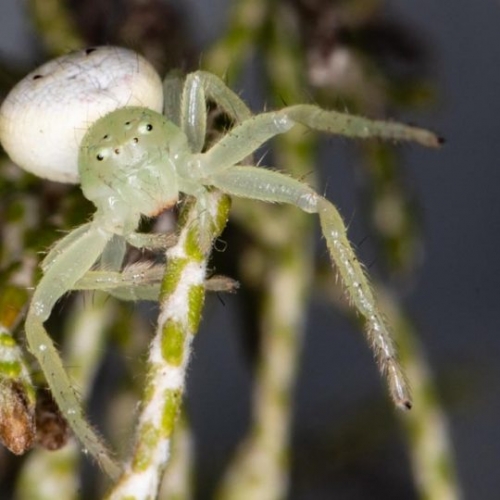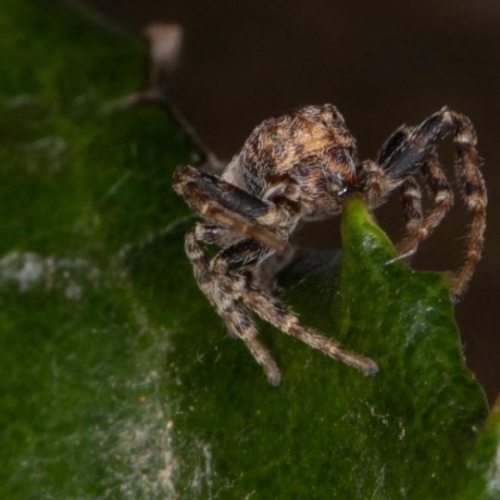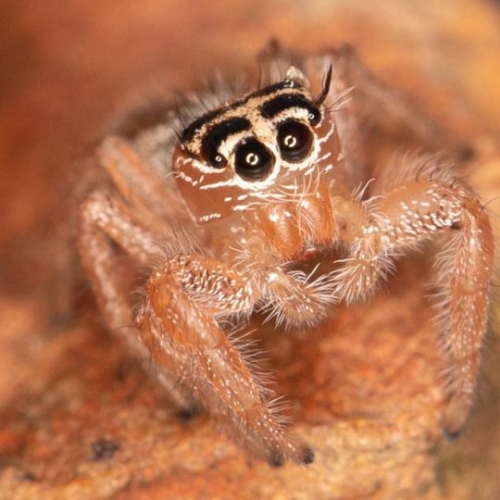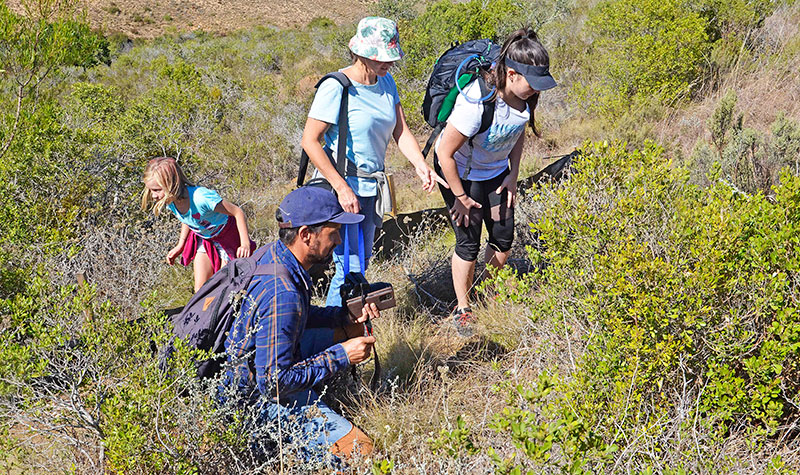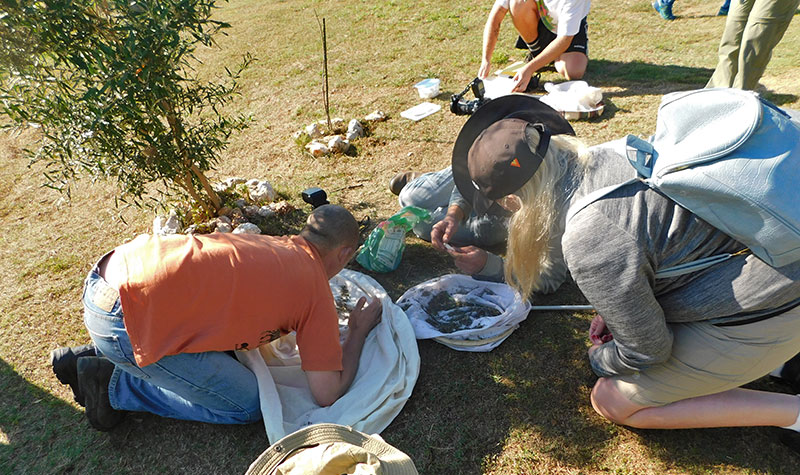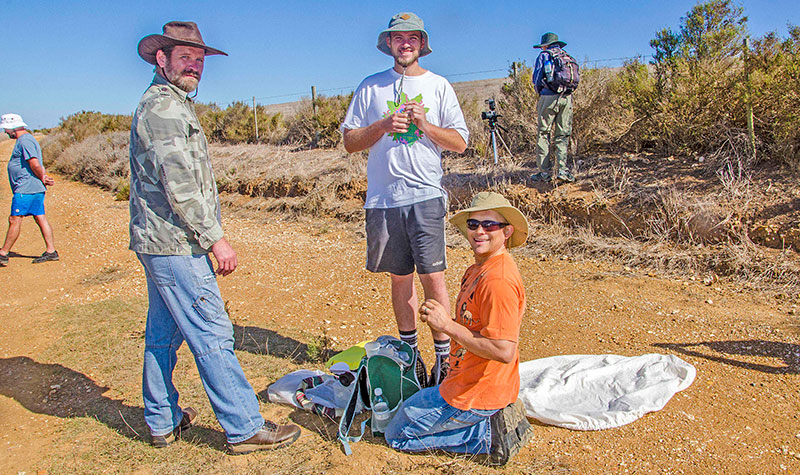By Odette Curtis-Scott
A couple of years ago, I started to develop an interest in spiders and in my efforts to reach out and learn, I joined the Spider Club of South Africa. I can already say with confidence that this was a life-changer for me.
Above: Dr Odette Curtis-Scott. Image: Norman Larsen
As an ecologist with a deep love for, and interest in, our local fauna and flora, my focus has moved from raptors to plants, through the development of my career in the Critically Endangered Renosterveld ecosystems of the Overberg. I also love macro photography (but have much to learn still), thus the smallest inhabitants of this uniquely rich floral kingdom have fascinated me for some time.
Recently, however, a whole new world opened up for me when I ‘discovered’ the world of spiders.
I want to acknowledge the contribution that the Spider Club of South Africa has made towards nurturing and growing this passion: in particular, Norman Larsen, Jarrod Todd, Rudi Steenkamp and Astri Leroy.
Above: Dew Drop, Argyrodes cf. argyrodes. Image: Odette Curtis-Scott
Why I was very nervous
In April 2022, the Spider Club held a ‘spider walk’ at our Haarwegskloof Renosterveld Reserve, situated between Bredasdorp and Swellendam, just north of the De Hoop Nature Reserve. We knew this place was special from a botanical point of view – containing the largest area of protected Renosterveld found on the planet with over 500 plant species (several of which were only ‘discovered’ in the last decade).
Above: Celebrating a wonderful collection at the end of the spider walk. From the left: Jarrod Todd, Wessel Pretorius, Grant Forbes, Odette Scott, Sheri Joffe, Michelle de Wet, Rudi Steenkamp, Juanita Marchant, Janet Pretorius & Nande Notyalwa. Image: Norman Larsen
But would Haarwegskloof also ‘deliver’ on spider diversity, as it does with plants? Or would it be dry and dull, as it often appears before the onset of winter rains when it starts to become green and pretty again?
I simply didn’t know the answer to this, so it was with great excitement – but also considerable nerves – that we hosted the spider walk.
Images: Odette Curtis-Scott
We were not disappointed
Well, I am delighted to say that, once again, the Renosterveld did not disappoint! On Saturday afternoon, Rudi and Jarrod arrived at Haarwegskloof after a long trek from Gauteng. It was the first time we had all met in person, but due to the community that the spider club has created through its Facebook page, I felt like I was meeting old friends, kindred spirits.
Above: Grant Forbes, Michelle Dewet and Sheri Joffe. Image: Norman Larsen
We immediately went on a short walk (in the howling, cold wind) and found a few gems to bring back to our Haarwegskloof Research Centre to photograph, including a Long-jawed Water Orb Weaver (Tetragnatha sp.) and several of the undescribed “strawberry theridiids” (cf. Ruborridion sp.).
The next day, we were joined for the main walk by other club members, including spider guru Norman Larsen and enthusiast Wessel Pretorius, and we wandered off with nets, vials and cameras to see what else the Renosterveld had in store. Before we had even left the erf around the centre, many exciting finds were made, with Wessel finding two male Black Button Spiders (Latrodectus renivulvatus and L. indistinctus) amongst the aloe hedge, while much rock-lifting ensued around the buildings revealing several spitting spiders (Scytodes triangulifera), velvet spiders (Gandanameno and Dresserus spp.), and some ground sac spiders (Trachelidae). The wonderful walks beyond this led to several jumping spider (Salticidae) finds, some pretty box kite spiders (Isoxya cicatricosa) and a diversity of crab spiders (Thomisidae) and grass lynx spiders (Oxyopes spp.). Another late night was spent photographing all our finds – making us all rather tired, but extremely happy. In total, Rudi and Jarrod listed 73 species from 23 families and between the three of us, we must have taken well over 1 000 photos.
Image: Nande Notyalwa
Quite simply a memorable weekend
The next day, my colleagues (Grant Forbes and Nande Notyalwa) and I had some time left with Rudi and Jarrod, so we took them to a farm we work on along the Breede River, north of Malgas. Here, Jarrod found a beautiful old Black Button female, while Rudi found some more gorgeous Saltis, in particular some Thyene spp.
Above: Three of the main manne, Rudy Steenkamp, Jarrod Todd, & Wessel Pretorius. Image: Norman Larsen
Despite searching thoroughly for baboon spiders (which are usually prevalent in the area), we found only a couple of juveniles and a very large retreat (with the remains of a recently-hatched egg sac, but no sign of the female (which we suspect had retreated far into her exceptionally large burrow)). I guess we can’t win every time – or Jarrod and Rudi would have no reason to come back! I hope there will be a ’next time’ soon. A truly special and memorable weekend.

